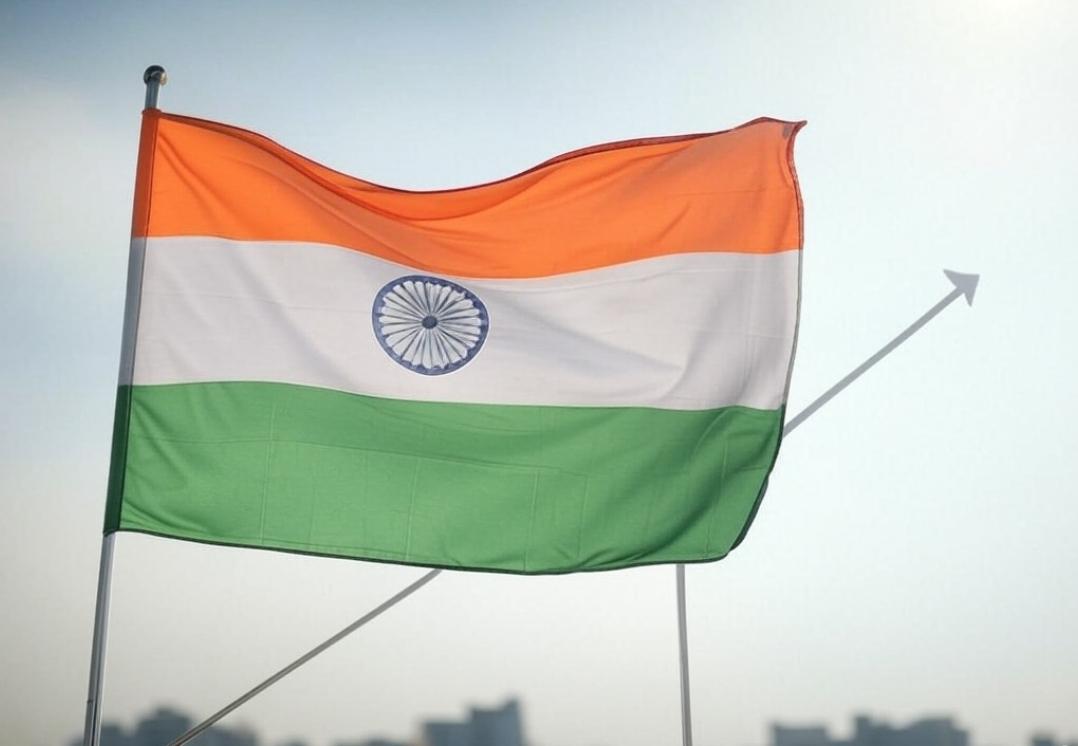
India's economy exhibited resilience in the third quarter of the fiscal year 2024-25 (October-December 2024), recording a Gross Domestic Product (GDP) growth of 6.2% year-on-year. This performance marks an improvement from the 5.4% growth observed in the July-September quarter, which had been the slowest in seven quarters due to weak urban demand and delayed government expenditure caused by national elections.
Sectoral Performance in Q3 FY25
1. Agriculture & Allied Sectors – Growth: 2.5%
The agricultural sector, which contributes around 18% to India’s GDP, expanded by 2.5% year-on-year in Q3. This growth was supported by:
✅ A favorable monsoon, leading to higher crop yields.
✅ Increased government support for farmers through subsidies.
✅ Strong rural demand, boosting agricultural output.
Despite positive growth, the low rural wage growth and falling prices for some crops remain concerns for farmers' earnings.
2. Industry & Manufacturing – Growth: 5.2%
Industrial output hit a six-month high, growing 5.2% year-on-year in November 2024.
Manufacturing (5.8%): Increased production in automobiles, pharmaceuticals, and textiles.
Electricity & Power (4.4%): Higher energy demand due to urban expansion.
Mining (1.9%): A modest recovery amid fluctuating global commodity prices.
The government's infrastructure push helped industrial output, but weak urban consumption and high input costs kept growth below pre-pandemic levels.
3. Services Sector – Growth: 8.5%
The services sector remained India’s fastest-growing sector, expanding 8.5% year-on-year in Q3.
✅ Trade & Hospitality: Boomed due to festive demand and tourism recovery.
✅ Financial Services: Increased digital transactions and credit growth.
✅ IT & Communication: Continued expansion despite global tech layoffs.
This sector contributes nearly 55% to India's GDP and is expected to sustain its high growth momentum.
Projection For FY25 GDP Growth
Indian government has revised its GDP growth forecast for the fiscal year 2024-25 (FY25) to 6.5%, reflecting a slight increase from earlier projections. This adjustment follows a robust 6.2% growth in the October-December 2024 quarter, driven by heightened government and consumer expenditures.
Earlier, the National Statistics Office (NSO) had estimated a 6.4% growth for FY25, marking a decline from the 8.2% growth recorded in FY24. The Reserve Bank of India (RBI) also adjusted its projection to 6.6%, down from an initial 7.2%, in response to a slowdown observed in the second quarter of FY25.
The upward revision to 6.5% is attributed to improved rural demand, favorable monsoon conditions boosting agricultural output, and increased government spending. However, challenges such as subdued urban demand and global trade uncertainties persist, necessitating continued policy support to sustain economic momentum.
Economic Outlook
Despite the positive momentum, challenges persist. Urban demand remains subdued, and uncertainties in the global trade environment, including potential U.S. tariffs, pose risks to future growth. The International Monetary Fund (IMF) projects India's GDP growth to stabilize at 6.5% for both FY2024-25 and FY2025-26, driven by strong domestic consumption and strategic investments.
In response to the evolving economic landscape, the Reserve Bank of India (RBI) has taken measures to support growth. Notably, the central bank reduced the benchmark interest rate by 0.25 percentage points to 6.25% earlier this month, marking the first rate cut in nearly five years. This move aims to stimulate economic activity by making borrowing more affordable.
In summary, India's Q3 FY2024-25 GDP data reflects a resilient economy navigating through global and domestic challenges. The combined effects of strong rural demand and proactive government spending have been instrumental in sustaining growth, while monetary policy adjustments by the RBI underscore a commitment to fostering a conducive environment for economic expansion.




